Definition – The dramatic changes in correspondence with humans and the environment.
How and why are photographers exploring this concept?
Some photographers that explore this concept of the world and human impact use photography as a source of spreading awareness about these environmental changes.
Mood Board

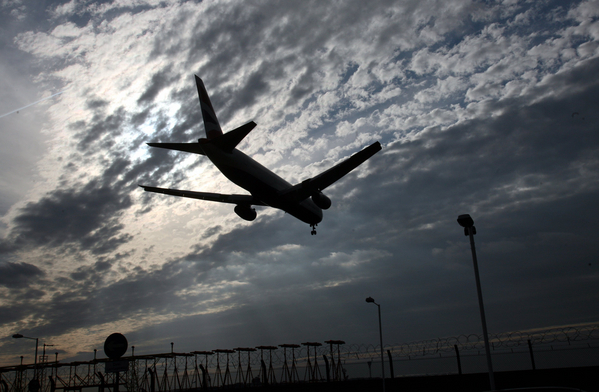
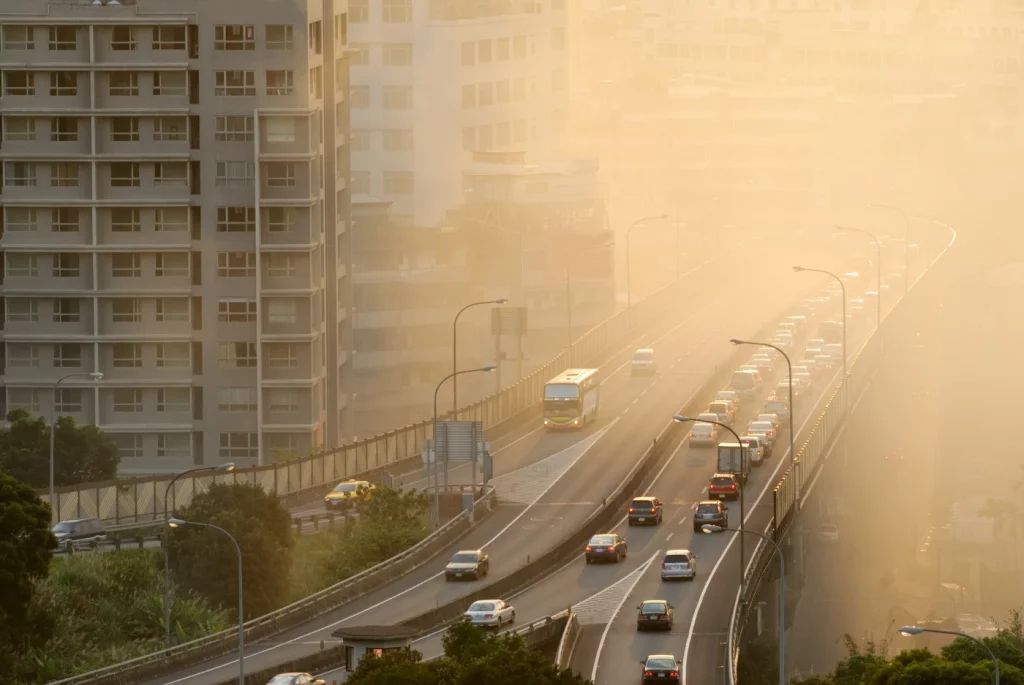
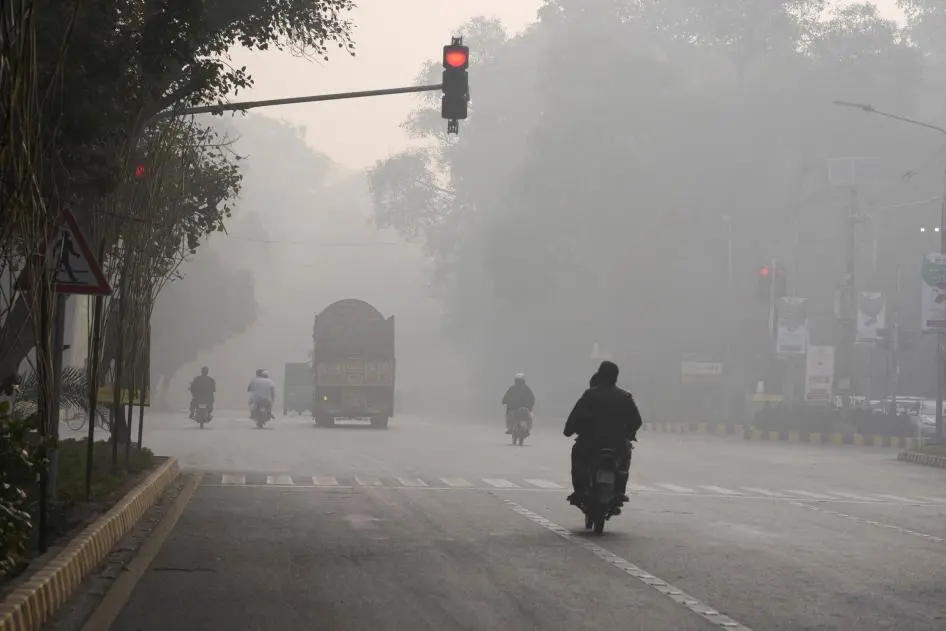
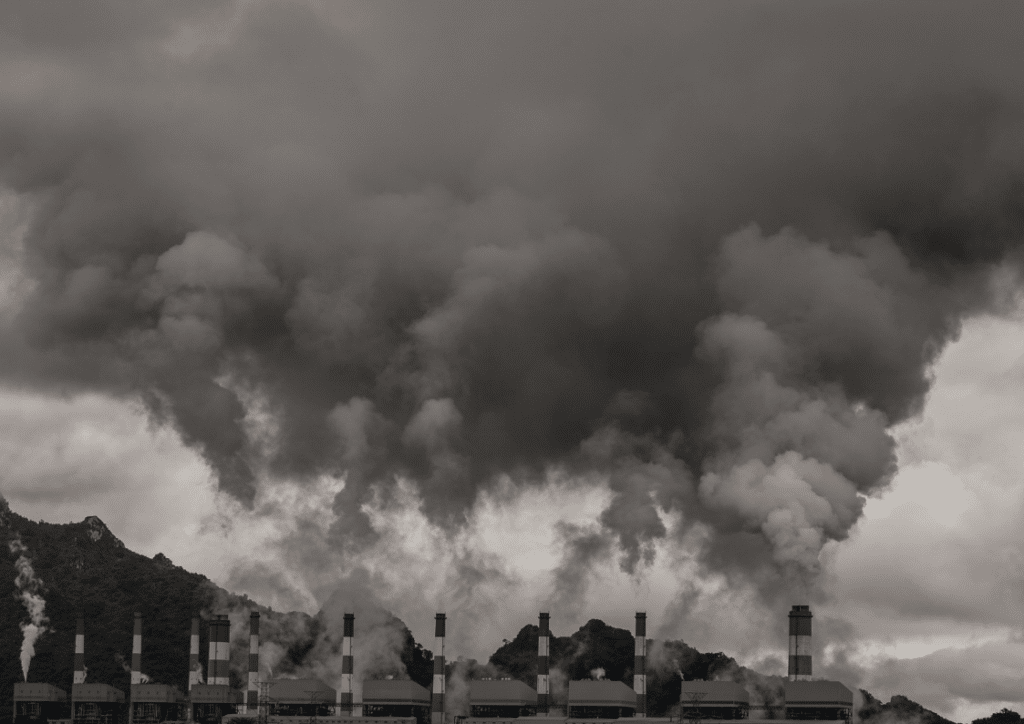
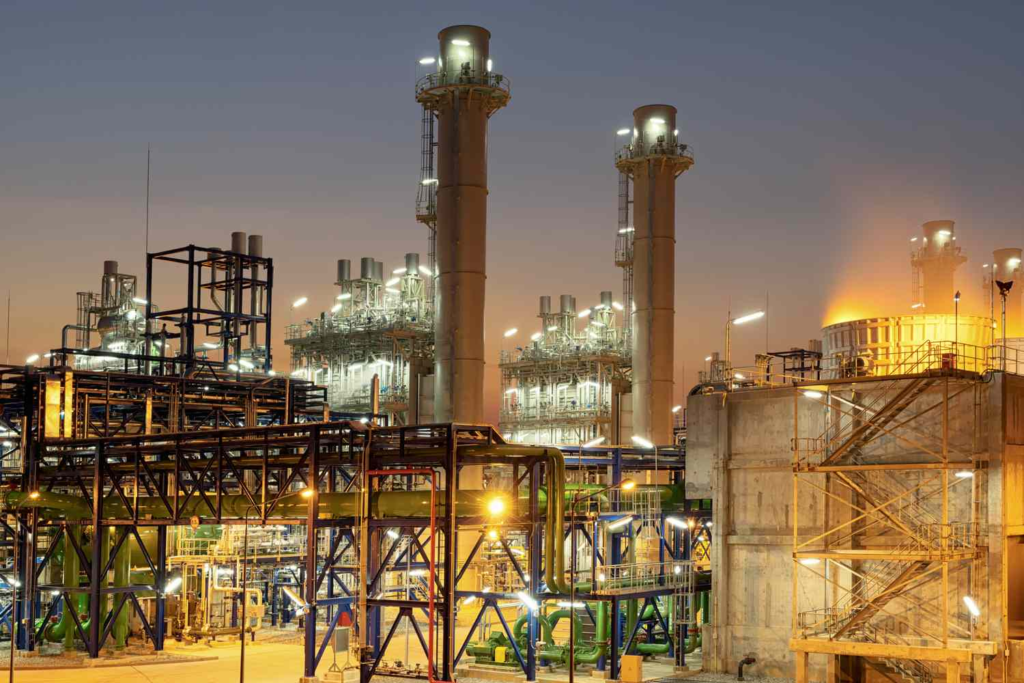

Photoshoot Inspiration
The main focus of my Anthropocene photoshoot is air pollution, planes and clouds. My photoshoot and ideas are inspired by various photographers associated with the study of clouds, but my main inspiration is Alfred Stieglitz. His work stands out to me the most because of the high contrast between the clouds and skies in his photographs as seen below:





I have always been very interested in the study of clouds because of the unique shapes, patterns, tones and layers of the clouds. To stay within the theme of Anthropocene, I plan to also capture contrails created by planes. I like the contrast with the linear lines that planes create against the soft, amorphous shapes the clouds are in.
I plan to show how dangerous plane contrails can be towards our Earth’s atmosphere by using the contrast of sharp contrails and soft clouds. I also want to show the contrails spreading out and losing shape to show the process of them absorbing and trapping energy and radiation into the Earth’s atmosphere.
Information About Contrails and Clouds
Contrails, also known as condensation or vapour trails, are long linear clouds created by aircraft engine exhausts or changes in air pressure. They are made of water vapour and low ambient temperatures that often exist at high altitudes.

Contrails contribute to climate change by absorbing and trapping solar radiation from the sun within the Earth’s atmosphere. They can allow a various amounts of solar radiation to penetrate to the Earth’s surface which causes the planet to warm up.
It is said that there are three types of contrails, short-lived, persistent non-spreading, and persistent spreading.
It has been documented by researchers that by reducing altitude when flying showed a 54% decrease in contrails being produced. By also using highly efficient engines planes can reduce contrail production from the engines.
Another alternative to reducing contrails is by using electric planes. This is because they are powered by fuel-cell-powered electric engines meaning nothing is being combusted because there is no exhaust besides water vapour. This means no solid matter is being produced for the contrails to attach to.
There are more than a hundred different variants of clouds which can be grouped into ten basic types, which are;
Multi-Level Cloud – Floats in numerous altitudes
- Cumulonimbus
High-Level Clouds – Float at altitudes of around 16,500 and 45,000 feet
- Cirrus
- Cirrocumulus
- Cirrostratus
Mid-Level Clouds – Float at altitudes of between 6,500 and 20,000 ft
- Altocumulus
- Nimbostratus
- Altostratus
Low-Level Clouds – Float at altitudes of less than 6,500 ft
- Cumulus
- Stratus
- Stratocumulus
Planes can be seen flying at about 31,000 to 42,000 ft in the air, however smaller aircrafts often fly below 15,000 ft. Planes of start forming contrails at around 20,000 ft, this is because the air surrounding the aircraft is well below freezing so it cools down the water vapour coming out of the back of the engines.
Some planes may seem like they are flying at around the same height but one is producing contrails and the other is not, this is because even a 1,000 ft difference can affect whether a plane produces them or not because of the drastic change in the atmosphere surrounding them.
